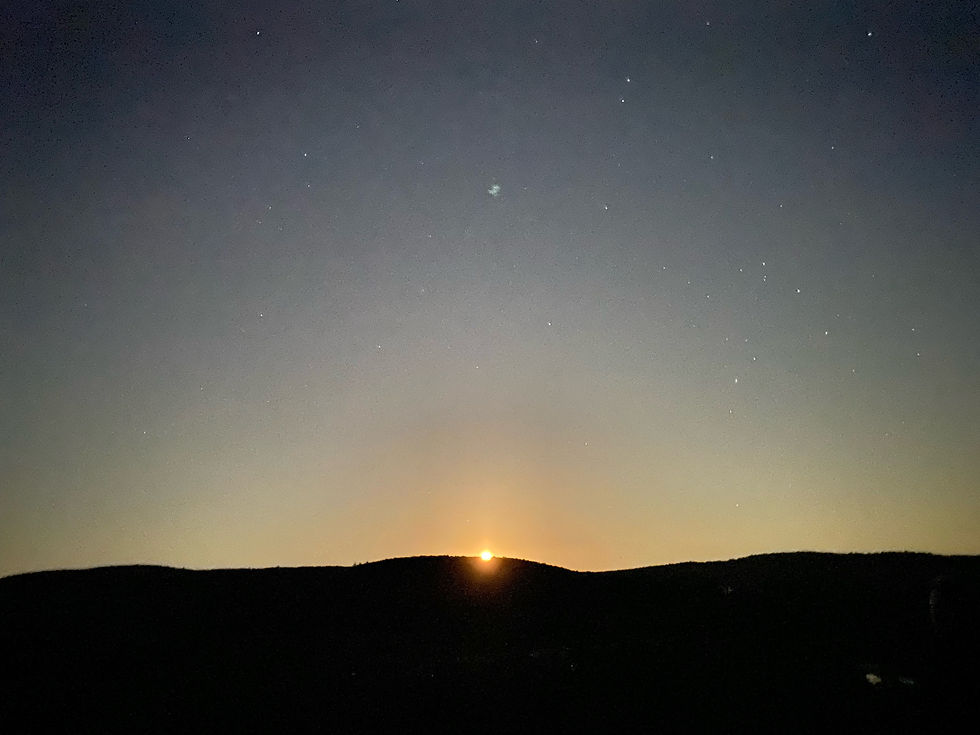Evolution of an Apple Farm Stand
- Todd DeGarmo

- Aug 25, 2021
- 3 min read
Elmer Stahlman (1902-1997) shared his recollections of his family's apple farm stand in 1990 as a part of a Survey of the Apple Culture in the Hudson River Valley, a project I did for Historic Hudson Valley. A version of this story was first published for the New York Folklore Newsletter, Summer 1996, Vol. 17, No. 2. I share it again with permission from New York Folklore www.nyfolklore.org.
Elmer Stahlman was 8 years old in 1910 when his father, Lewis Stahlman, bought a 187 acre farm along Route 9 in northern Columbia County, in the Hudson Valley of New York. The elder Stahlman was a typical farmer: he grew grain, ran a dairy, and raised poultry. But he was also convinced that the region was good fruit country. He and his sons were among the first in the upper Hudson Valley to start a commercial orchard. They also helped their neighbors set out fruit trees. Elmer's brothers remained in the apple business until 1972. Elmer left the farm and attended Albany State Teachers College, establishing a career as a school teacher and principal in Columbia and Rensselaer Counties. Throughout his life, he maintained ties with the family business, supplying his own customers – neighbors and friends – with apples.

"I think it was 1917. I was a junior in high school (I attended Valatia High School). And I disliked farm work very much. But I did a lot of it."
I said to my mother, "Mom, I hate this haying... I want to put up a table out under the maple tree and put out some fruit and vegetables. I think I could sell it."
"Well," she said, "Go ahead."
"So I did. I got an old table. She gave me a tablecloth. I got some nice berries out of our huckleberries on the place, and we had raspberries, and fruit, vegetables, milk, buttermilk, sweet cider in season. So I'd have a tableful. And you know, it was an immediate success."

"But within two years there were a dozen [roadside stands]. Everything from a table under a tree to some very elaborate buildings. And we all made money. It was a novelty. People came from the cities and neighboring communities. It was a new idea, and they liked it."
"And soon they made it known they wanted other things. They wanted cigarettes, and they wanted soft drinks, and a lot of things I didn't have. But it gave me an idea. So, the next year I expanded a little. Well, the third year, my brother Frank who was a homemade carpenter, built this little shack for me. There I expanded. I had all kinds of soft drinks, and cigars and cigarettes."

"Meanwhile thing were growing. My brother Ralph was the youngest in the family and a good businessman. He said, 'We've got to have a bigger outlet. There's no money in growing fruit unless you sell to the consumer.'"
"And that was true. So, by a great deal of persuasion (my older brothers were very conservative...) they built a big storage with roadside facilities, good parking, and everything: the cold storage, the area for storing and packing, and then a big display room in front, and the office. It was very nice, and it was a good location."
"We had the advantage. My brothers loved to grow apples. That was their life. And they liked to talk to people. That's what people came out in the country for: to buy good fruit and to talk to people who knew about the product and country life."
Final Note from the Blogger: I remember the Stahlman Farms Apple Cold Storage as a boy in the 1960s. Driving home in the fall from an Albany trip, my mother would make it a point to stop at one or more of the many farmsteads that lined Route 9, loading the family station wagon with pumpkins, squash, and bushels of apples.




Comments